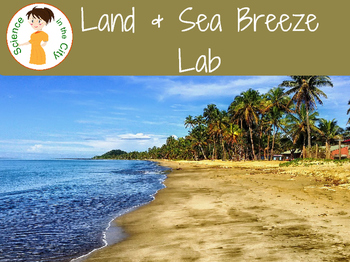
In this lesson, students will create a model for land and sea breezes. They will heat and cool both land and water, and collect their data, graph, and analyze their data to understand applications of this.
This fits well in a unit on specific heat, climate, weather, atmosphere, heating and cooling. |
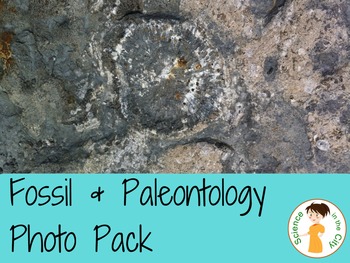
If you are creating a lesson or teaching about fossils, it is ideal to have some examples to show your students. This set of photos includes 37 photographs of fossils. Some are close up shots of fossils, some show the fossils embedded in the rock, and others show the area, from a larger view. The fossils are shot individually, and grouped by type, as well as a few mixed shots. |
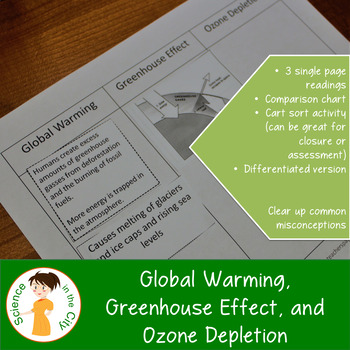
Students often get confused, and have many misconceptions about global warming, greenhouse effect, and ozone depletion. This pack is focused on teaching students the basics of each, and giving them a chance to compare and contrast. |

Are you new to teaching AP Environmental Science and not sure where to start? Do you need help figuring out how to organize your course and what to cover?
This is a curriculum guide for AP Environmental Science.
It includes the following for each unit: big idea questions, enduring understandings, necessary knowledge and skills, suggestions for activities and labs for each unit (many with hyperlinks to additional resources), suggested pacing |
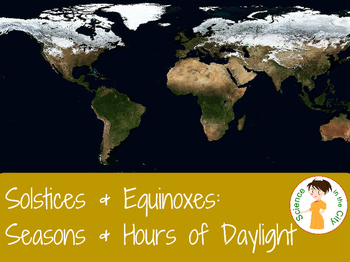
This is a series of four lessons/activities on the seasons, solstices, and equinoxes. They can be taught all together, or on each of those days. I find this to be a great activity to do right before winter break (instead of a holiday activity, do a winter solstice activity).
This series of lessons includes maps, images, questions, links to websites with additional resources, answer keys, and suggested lesson plans. It also includes vocabulary list and a chart for student use. |

This is a complete pack of labs and summary questions to teach physical and chemical weathering in depth. It has an answer key included. There are also additional questions that could be used for assessment
Includes: 4 stations or mini-labs (chemical weathering, weathering by abrasion, how composition affects weathering rate, and particle size), answer key, summary questions for each lab, weathering questions after completion of all four activities |
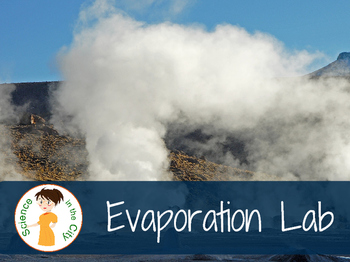
This product includes two different versions of an evaporation lab. One version can be done as an inquiry-based activity, where students design their own experiment for one factor that affects evaporation, and then share results. The other version can be done as a station lab, and is more structured. This is a great way to reinforce and practice experimental design and writing a lab report.
I use this resource when teaching about climate, water cycle, or weather. The version that I use depends upon the particular group of students that year, their behavior, and what skills I want to target. |

Great teacher resource for earth science and geology teachers on weathering, erosion, and deposition. Works best for middle and high school grades.
This is a complete pack of labs, vocabulary, review/assessment, and student learning objectives.
It also includes a suggested scope and sequence and tips and materials for each lab. |
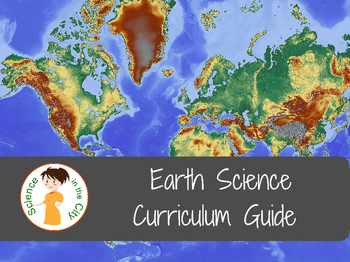
Curriculum guide for Earth Science course.
Includes: Big Ideas/Essential Understandings, Essential Questions, Necessary student knowledge (learning objectives), Suggested content or activities, Unit vocabulary, Common associated Tier 2 vocabulary terms for the course.
For those in New York State, it also includes portions that outline which sections of the Earth Science Reference Table and Lab Practical can be reinforced within that unit, and which NYS standards are aligned. |

No comments :
Post a Comment